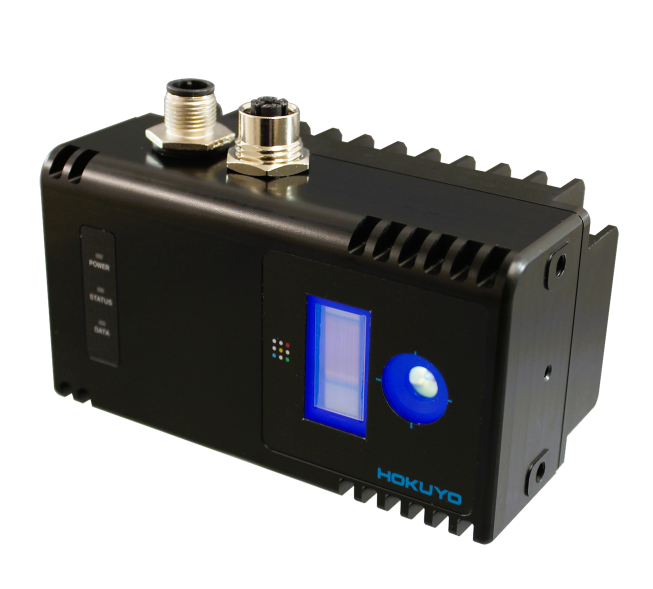What is LiDAR and how does it work?

In a world where technology continually pushes the boundaries of innovation, LiDAR stands out as a remarkable tool, helping to both revolutionise industries and redefine our knowledge and understanding of the world around us. But what exactly is LiDAR, and how does it work? Here, we try to unravel the mysteries of LiDAR and delve into its inner workings.
Understanding LiDAR: The Basics
LiDAR, which is short for Light Detection and Ranging, is a remote sensing technology that utilises laser light to measure distances to objects. At its core, LiDAR operates on a simple, yet elegant principle: emitting laser pulses and precisely measuring the time it takes for the pulses to return after reflecting off surrounding objects.
The Mechanics of LiDAR: Peering Through the Laser Lens
Imagine standing at the top of a mountain and shining a laser pointer into the distance. As the laser beam travels through the air, it encounters various objects – a tree, a building, a rock. Each time the laser beam strikes an object, it reflects off the surface and returns to the source – the LiDAR sensor.
The LiDAR sensor, equipped with high-resolution photodetectors, captures the returning light and precisely measures the time it took for each pulse to travel to the object and back. By combining this time-of-flight data with the speed of light, the LiDAR can calculate the distance to the object with remarkable accuracy.
Sweeping the Landscape: How LiDAR Scans Work
But how does LiDAR capture data across vast landscapes and complex environments? The answer lies in its scanning mechanism. LiDAR systems typically employ rotating mirrors or oscillating lasers to direct the laser beam across the terrain in a precisely controlled rapid motion.
As the laser beam scans the surroundings, it captures thousands of measured points per second. This dense network of data points forms a point cloud. Put simply, this is a highly accurate three-dimensional representation of the surrounding environment, complete with elevation information and object shapes.
Enhancing Precision: The Mechanics of Multi-Echo Technology in LiDAR
Taking this to the next level, multi-echo technology in LiDAR functions by capturing multiple return signals from a single laser pulse. When the laser pulse is emitted, it interacts with objects in its path, generating echoes as it reflects off different surfaces. These echoes vary in intensity and timing based on the type of material and distance of the objects.
Multi-echo technology enables the LiDAR sensor to differentiate between these echoes, allowing it to detect and classify various objects within its field of view. By analysing the different echo returns, LiDAR systems can provide detailed information about the environment, including the presence and characteristics of objects such as vegetation, buildings, and terrain.
Unlocking the Power of LiDAR in everyday applications
So, importantly how does this technology translate into the real world? There is a vast array of everyday applications for LiDAR technology, which can help to improve efficiencies across a range of industries.
In urban planning and infrastructure development, LiDAR helps to create highly detailed and accurate maps for flood risk assessment, transportation planning, and utility management.
In archaeology and cultural heritage preservation, LiDAR can help to reveal hidden archaeological sites, ancient landscapes, and lost civilizations with unprecedented clarity.
It is this ability to provide a real-time, three-dimensional perception of the environment that makes it indispensable for understanding complex landscapes and making informed decisions.
Looking to the Future: The Promise of LiDAR Technology
As technology continues to evolve, so too will the capabilities and applications of LiDAR. From advances in sensor technology and data processing algorithms to new interdisciplinary collaborations and innovative uses, the future of LiDAR holds endless possibilities.
In conclusion, LiDAR stands as a testament to human ingenuity and innovation, offering a glimpse into a world where precision and perception converge. Whether soaring above the clouds or delving into the depths of ancient ruins, LiDAR continues to illuminate the path toward a future shaped by boundless exploration and discovery.
We have numerous LiDAR sensors that can be used across a wide range of applications and industries. You can find out more about our full selection of LiDAR scanners here. And make sure to stay up to date with all our news, insights and product developments by following us on LinkedIn and X.





